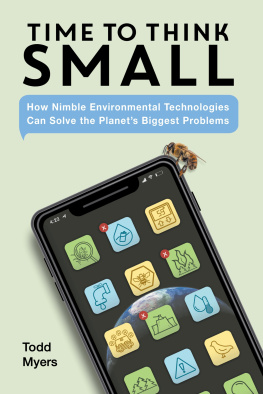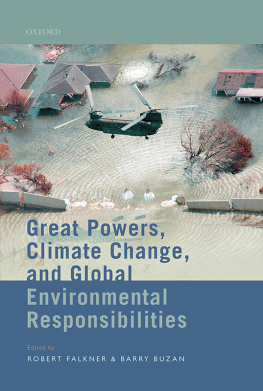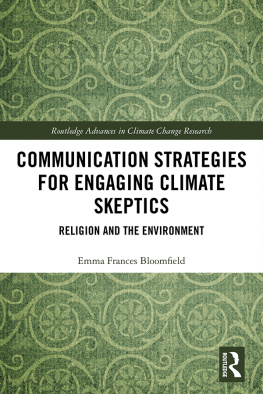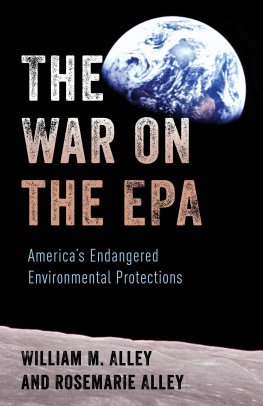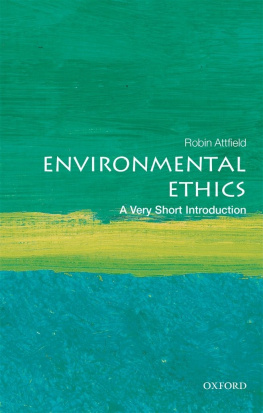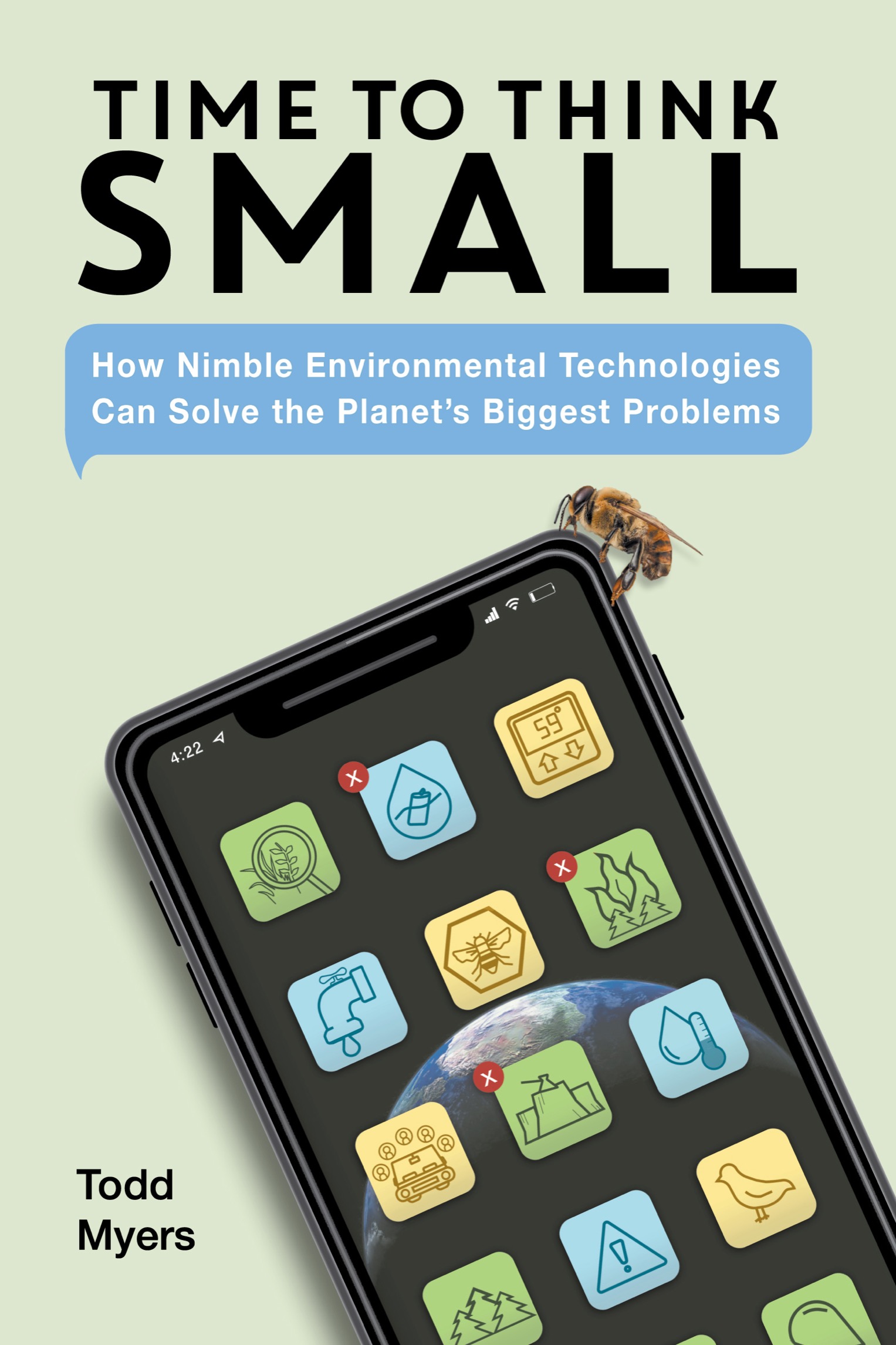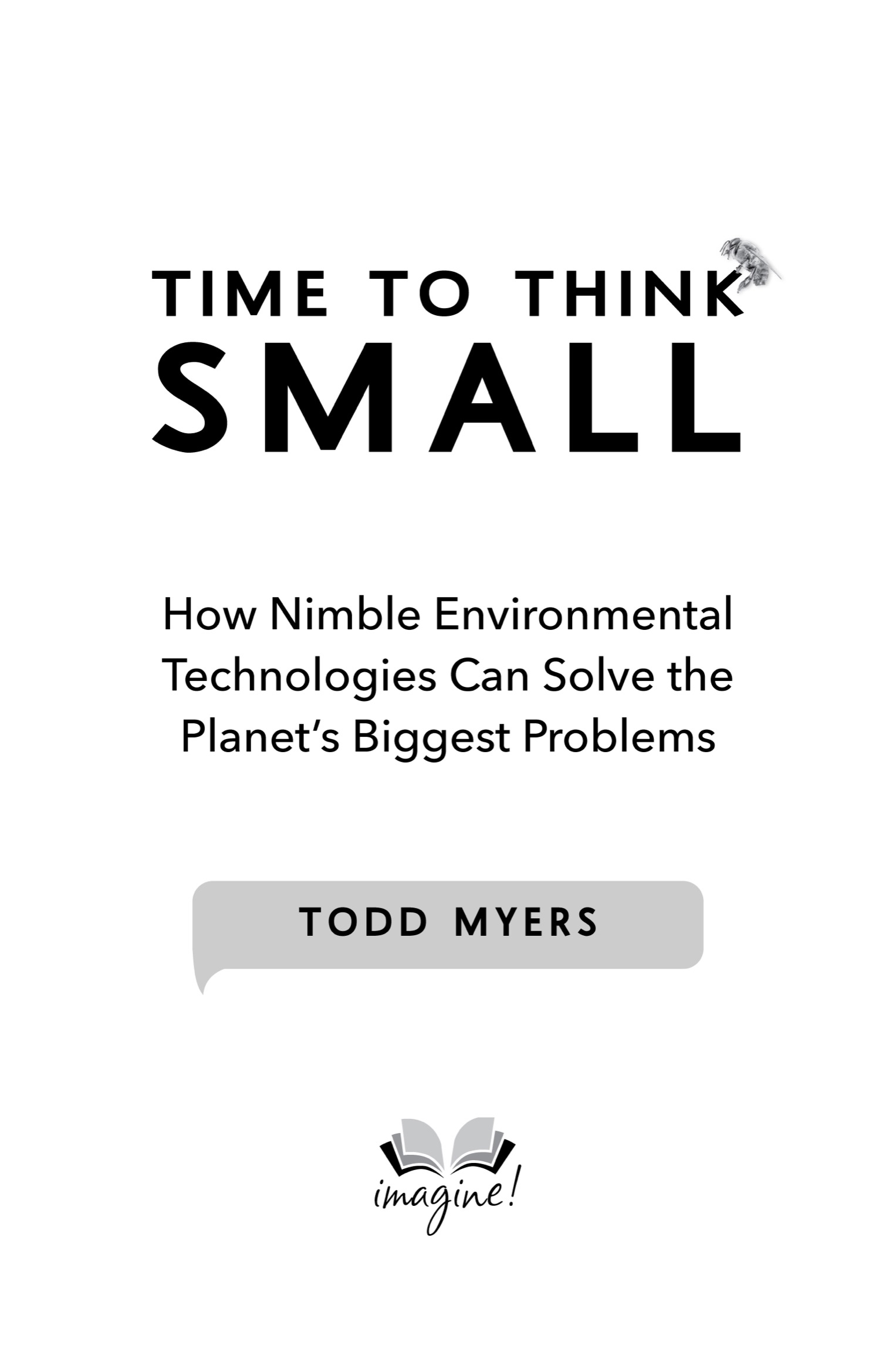Todd Myers - Time to Think Small: How Nimble Environmental Technologies Can Solve the Planets Biggest Problems
Here you can read online Todd Myers - Time to Think Small: How Nimble Environmental Technologies Can Solve the Planets Biggest Problems full text of the book (entire story) in english for free. Download pdf and epub, get meaning, cover and reviews about this ebook. year: 2022, publisher: Charlesbridge, genre: Politics. Description of the work, (preface) as well as reviews are available. Best literature library LitArk.com created for fans of good reading and offers a wide selection of genres:
Romance novel
Science fiction
Adventure
Detective
Science
History
Home and family
Prose
Art
Politics
Computer
Non-fiction
Religion
Business
Children
Humor
Choose a favorite category and find really read worthwhile books. Enjoy immersion in the world of imagination, feel the emotions of the characters or learn something new for yourself, make an fascinating discovery.
- Book:Time to Think Small: How Nimble Environmental Technologies Can Solve the Planets Biggest Problems
- Author:
- Publisher:Charlesbridge
- Genre:
- Year:2022
- Rating:4 / 5
- Favourites:Add to favourites
- Your mark:
Time to Think Small: How Nimble Environmental Technologies Can Solve the Planets Biggest Problems: summary, description and annotation
We offer to read an annotation, description, summary or preface (depends on what the author of the book "Time to Think Small: How Nimble Environmental Technologies Can Solve the Planets Biggest Problems" wrote himself). If you haven't found the necessary information about the book — write in the comments, we will try to find it.
Personal technologies are creating what the Environmental Defense Fund calls a transformational shift in how we address environmental problems. Time to Think Small explores how these brand-new approaches are already playing a huge role in winning some of the most difficult and important environmental struggles of our dayfrom fighting climate change, to ensuring drinkable water for everyone, to saving endangered animals, to keeping plastic out of the ocean.
Learn how these technologies magnify and multiply the power everyone has as individuals to save our environment and how this tremendous power is not only growing, but also has the huge benefit of being independent of sudden shifts in political leadership.
Drawing on two decades of environmental policy and a career working with endangered species mixed with his previous career in tech, Myers looks at the different ways we can be empowered to find environmental solutions.
Time to Think Small reminds me of the first words spoken on the moon, about small steps and giant leaps. Todd Myers does, in fact, describe the giant strides from accumulated small steps that will help solve THE biggest long-term problem facing humanity today. If Big Government wont act, WE CAN, in our own small ways! Donald Kroodsma, Author of Birdsong for the Curious Naturalist
The future of environmental stewardship depends on technology and innovation. Todd Myers is a national leader on environmental policy and technology and understands how to create solutions that sidestep political gridlock. John Connors, former Microsoft CFO
A much-needed analysis of how we can solve complex global environmental problems by applying human ingenuity. . . and why every step matters along the way. Benji Backer, President, American Conservation Coalition
Addressing climate change can be such a polarizing issue. Myerss book has found a way to cut right through that with practical, applicable actions that everyone can take to make a difference. Kevin Wilhelm, CEO, Sustainable Business Consulting
While the positions taken by Todd Myers may be disconcerting to an old-school environmentalist such as myself, his voice is one we need to hear in the conversation about climate change. Myers makes a compelling argument that thinking small stimulates creativity, and that nimble, creative approaches can play a crucial role in achieving sustainability. John S. Farnsworth, PhD, Author of Nature Beyond Solitude: Notes from the Field
Todd Myers: author's other books
Who wrote Time to Think Small: How Nimble Environmental Technologies Can Solve the Planets Biggest Problems? Find out the surname, the name of the author of the book and a list of all author's works by series.

